The only experience I’ve had with an Android system was with a Samsung Tablet which my grandmother used to watch her long-running Chinese melodramas on. Being the filial granddaughter that I am, I would help her download episode after episode on the device. The task was way more arduous than it should be; the device was purchased some time ago and being in its advanced technological years, it wasn't running as smooth as it used to.
- FIRST IMPRESSIONS
- PHYSICAL DESIGN
- THE FEATURES
- FINAL THOUGHTS
Needless to say, when I was given the opportunity to review the South Korean tech giant’s latest drop, I was coming from ground zero. Fuelled with a little fear of missing out (FOMO, in new-age speak), I took up the chance when I was asked to spend two weeks with the world’s first foldable smartphone — the Samsung Galaxy Fold.
When I picked up the smartphone for the first time, the folding mechanism was what piqued my interest the most. With a shaky start back in April when reviewers encountered multiple issues with the device, Samsung had recalled all units to address the overwhelming concerns over the quality of production. The brand toiled for another five months to work out the kinks and their efforts really came through in this updated version.
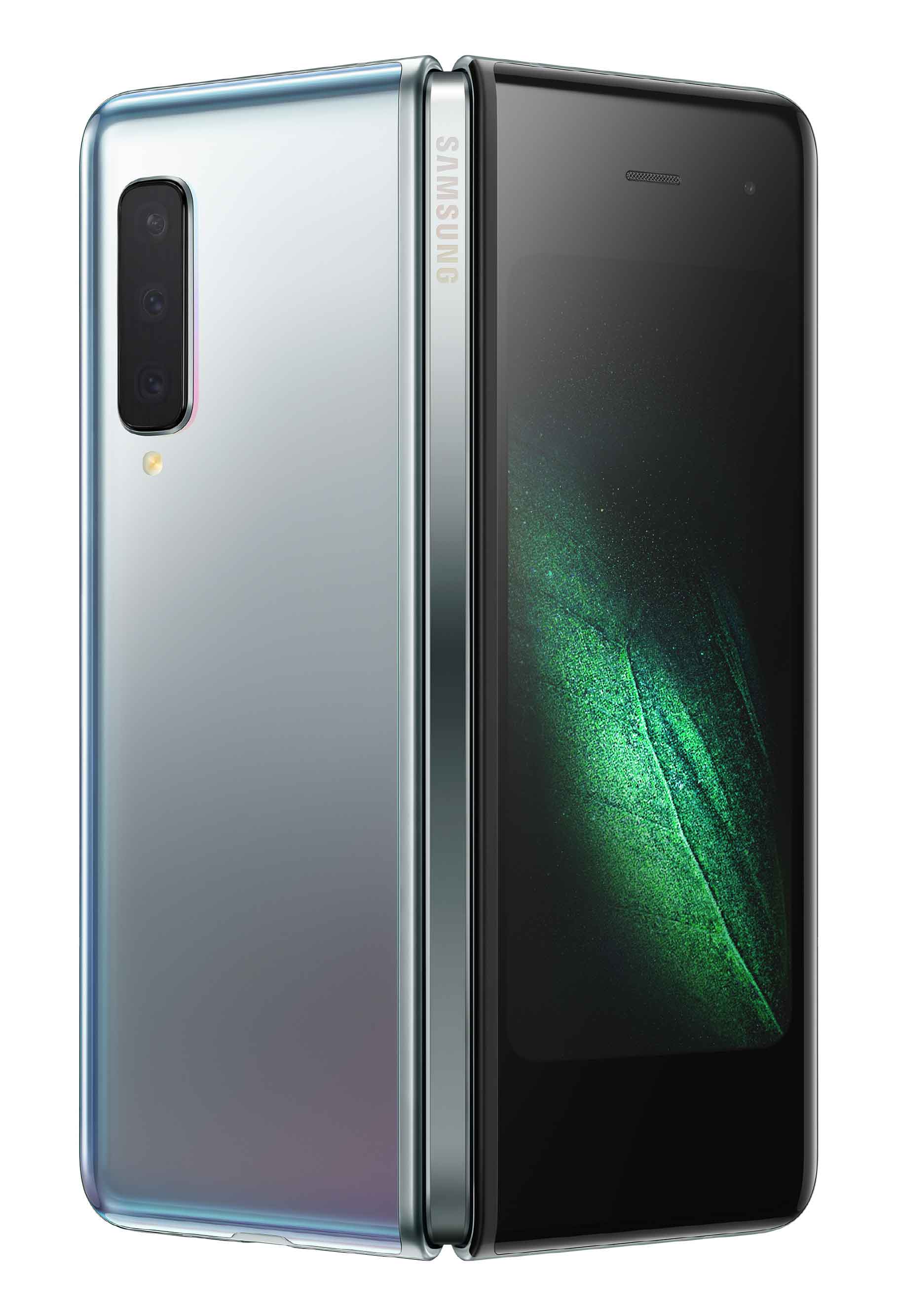 The Samsung Galaxy Fold in Space Silver.
The Samsung Galaxy Fold in Space Silver.
- FIRST IMPRESSIONS
- PHYSICAL DESIGN
- THE FEATURES
- FINAL THOUGHTS
Physical Design
The prime feature that carries the device with curious ingenuity is the trademark 20-part, dual axis hinge. Using the phone is very much like opening a book. When the phone is closed, the interior gears ensures it is locked in place, and when opened, the locking hinge prevents it from overextending past 180 degrees.
When folded, the device continues to be operable through a 4.6-inch outer HD+ display. However, the narrow screen could only fit as much content as it could allow, making typing a struggle to interact with. It was great for toggling between songs while on commute or viewing my notifications though; perfect for short-cut navigations.
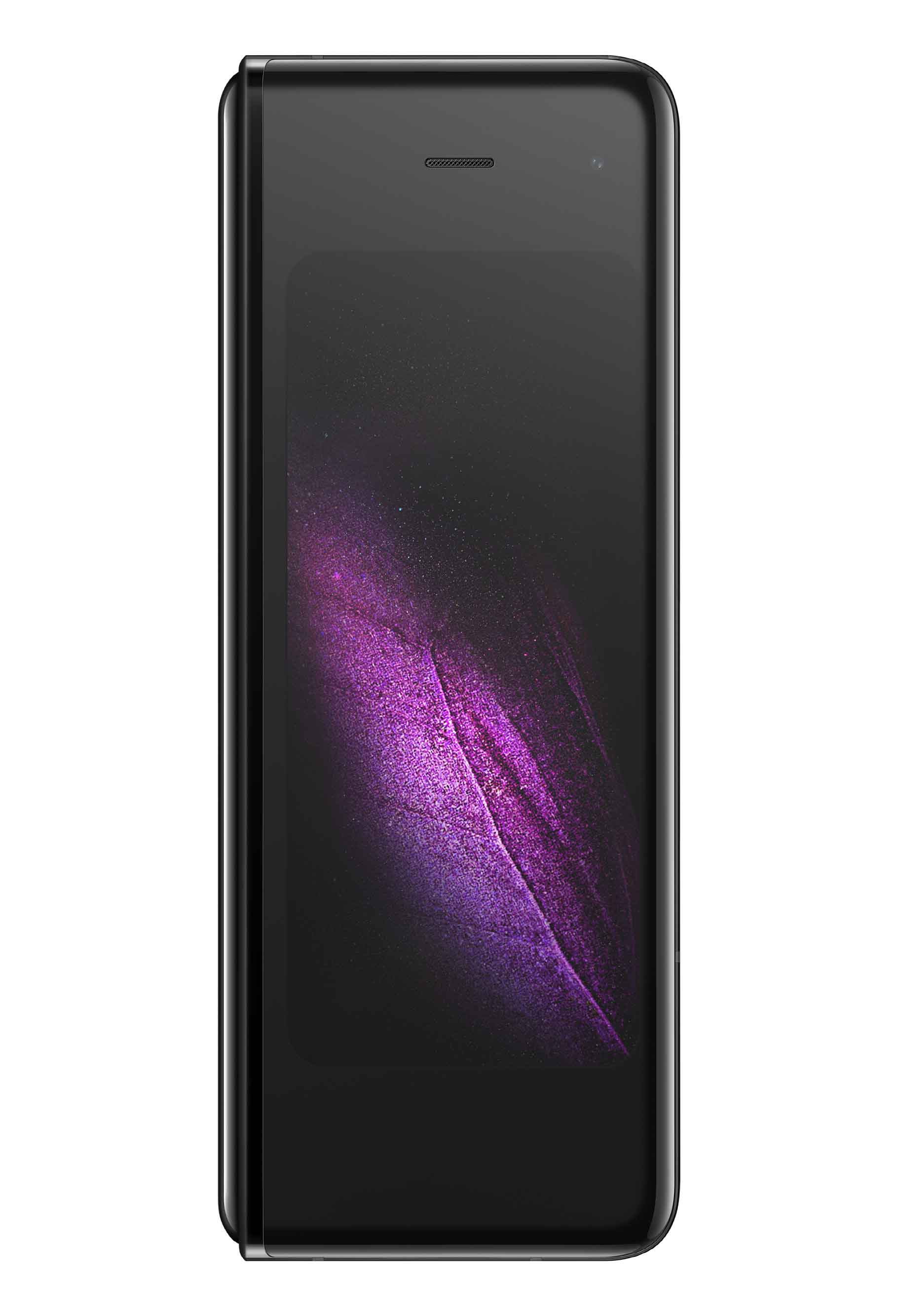 Samsung Galaxy Fold in Cosmos Black.
Samsung Galaxy Fold in Cosmos Black.
The screen transforms into a 7.3-inch display when it is opened up, which Samsung dubs as the “app continuity” feature. For example, Google Maps will reveal a wider area of the location you’re currently searching, text message fields will be wider, and so forth.
The platform also allows for easy multi-tasking where you can interact with up to three apps at once, using the Multi-Active Window system. Think catching up on Netflix, texting on WhatsApp and browsing the web all at the same time on one screen.
The Fold makes this possible with a powerful processor – which is believed to be the most powerful processor currently available in a smartphone – and includes an impressive 12GB RAM and 512 GB storage.
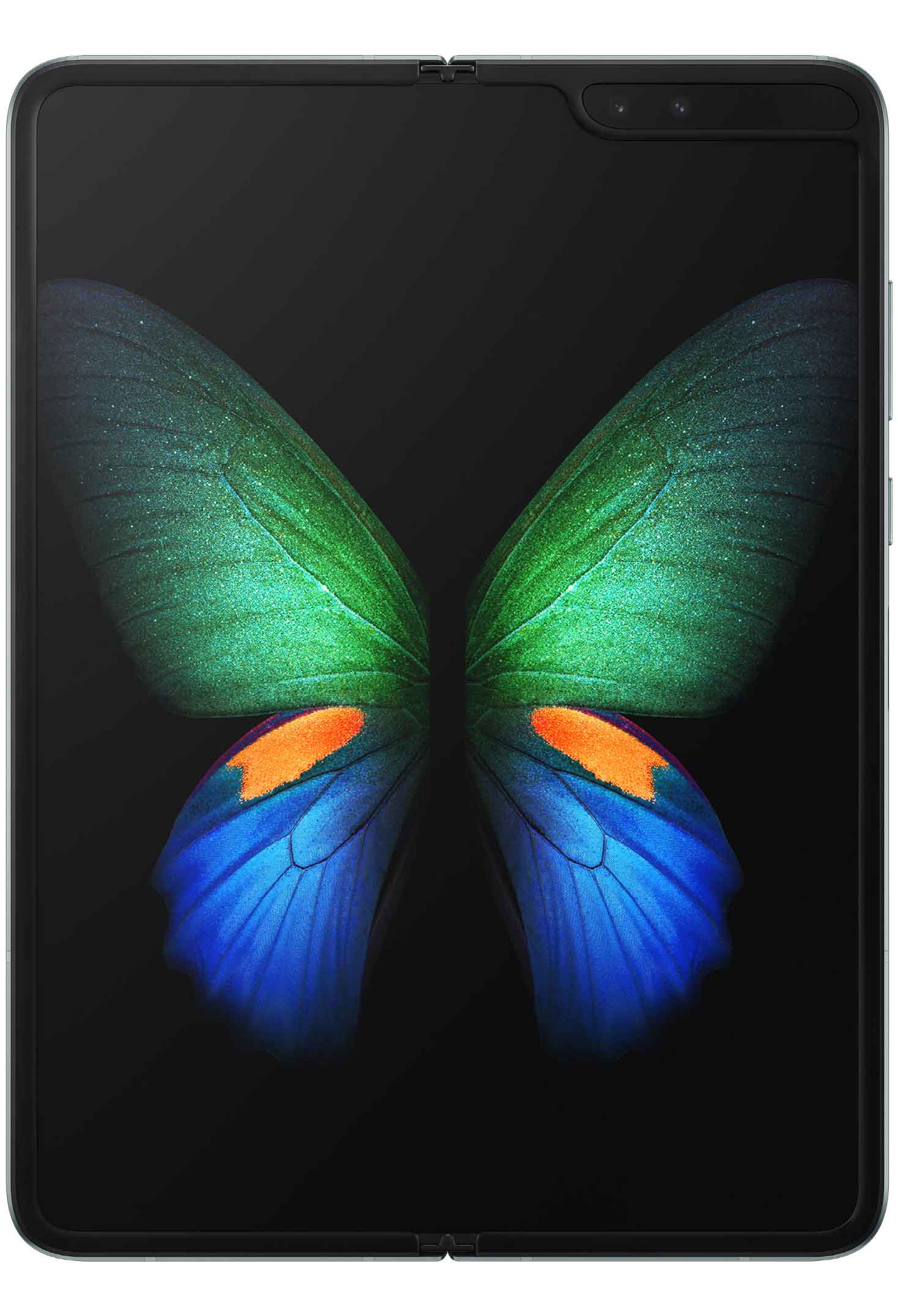
- FIRST IMPRESSIONS
- PHYSICAL DESIGN
- THE FEATURES
- FINAL THOUGHTS
The Features
On the photography front, the Fold is equipped with six cameras. The main camera on the rear of the device is the same triple-lens system used throughout the Samsung Galaxy S10 Series — a 12MP wide-angle lens, a 12MP telephoto lens, and a 16MP ultra wide angle lens. The front camera on the 4.6-inch display front is a 10MP Selfie Camera, which uses the same camera system on the 7.3-inch screen, with an additional 8MP RGB Depth Camera.
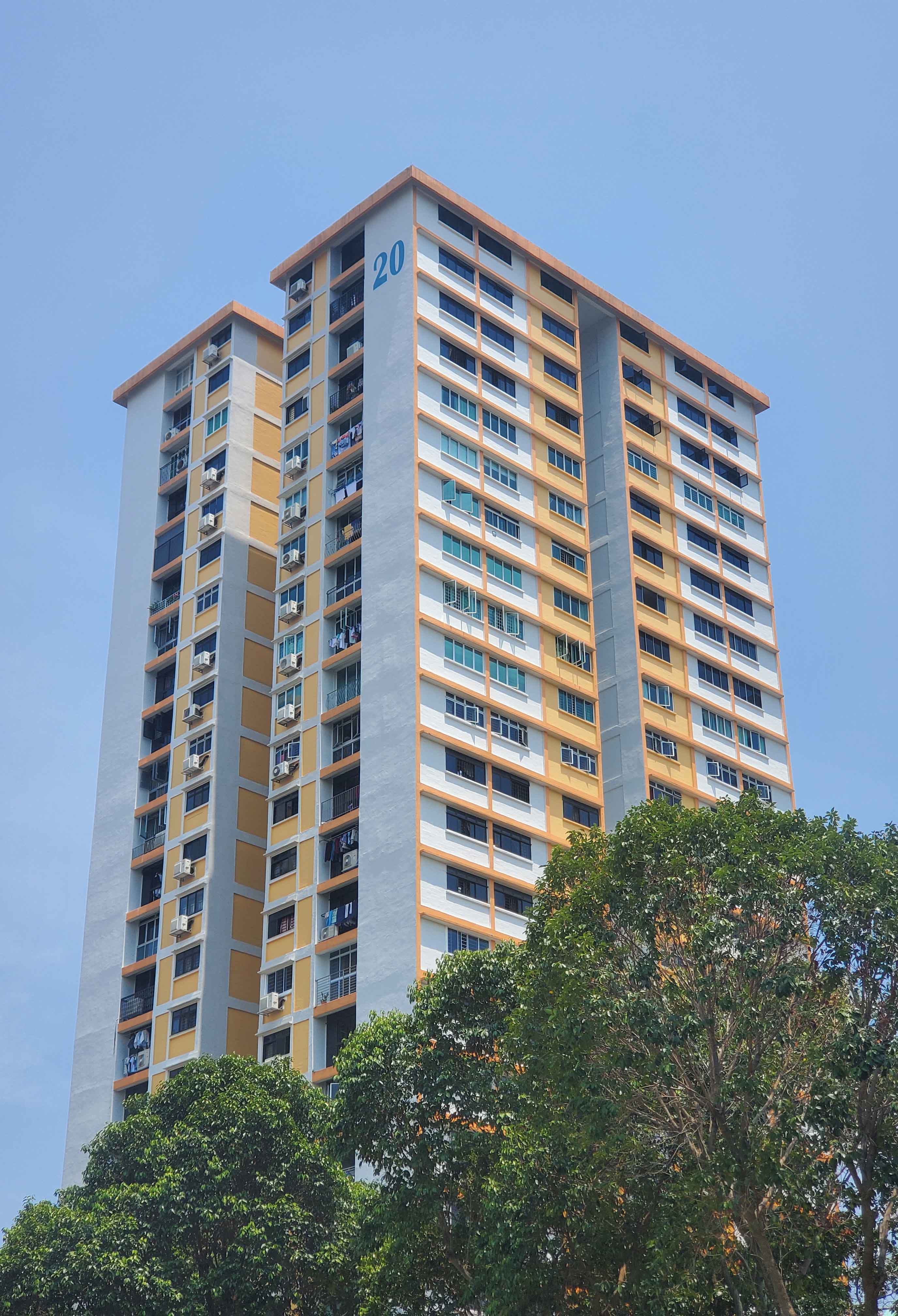 Shot with the 12MP Telephoto Camera on Samsung Galaxy Fold. Image by: Julia Sam.
Shot with the 12MP Telephoto Camera on Samsung Galaxy Fold. Image by: Julia Sam.
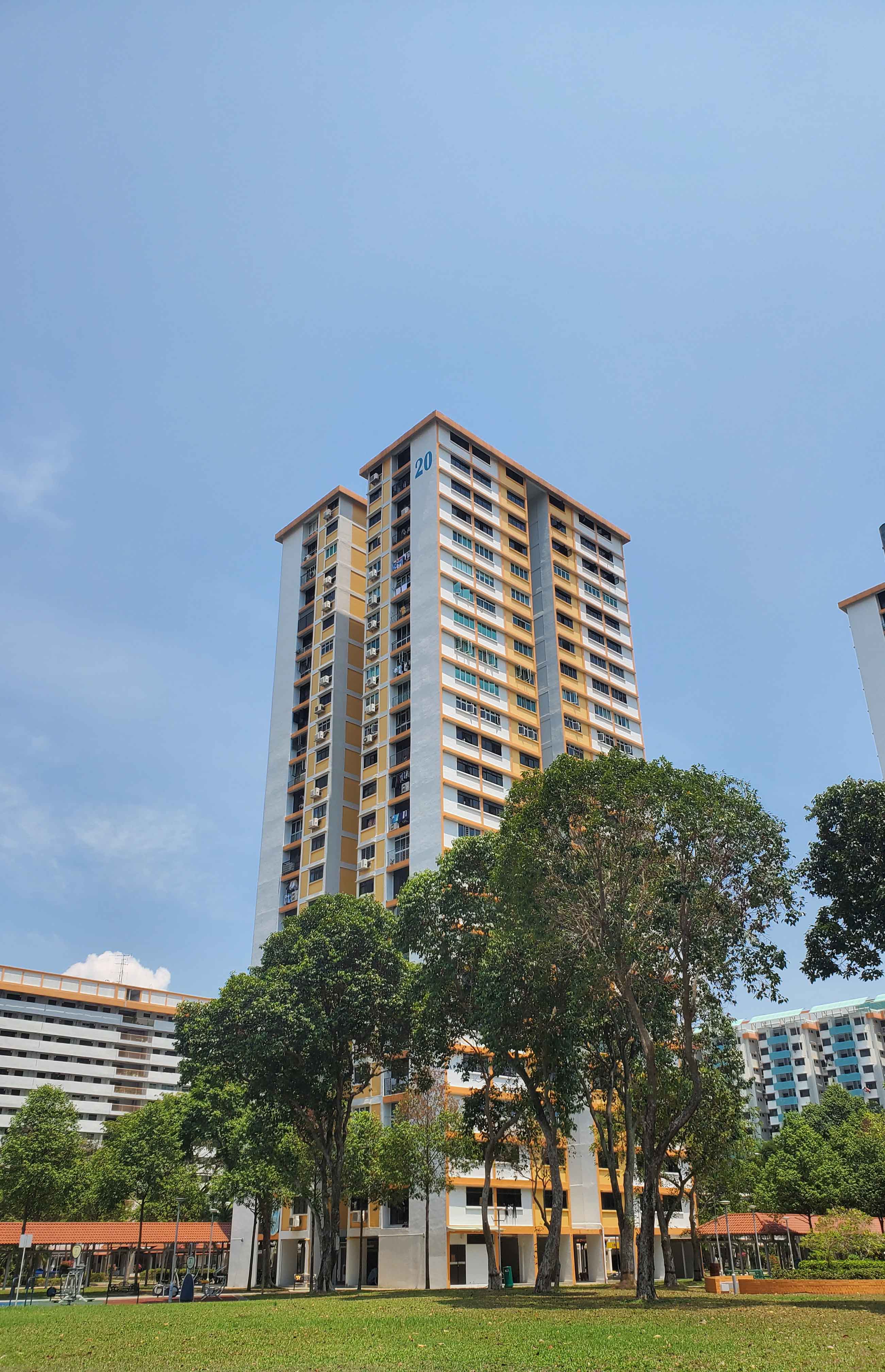 Shot with the 12MP Wide Angle Camera on Samsung Galaxy Fold. Image by: Julia Sam.
Shot with the 12MP Wide Angle Camera on Samsung Galaxy Fold. Image by: Julia Sam.
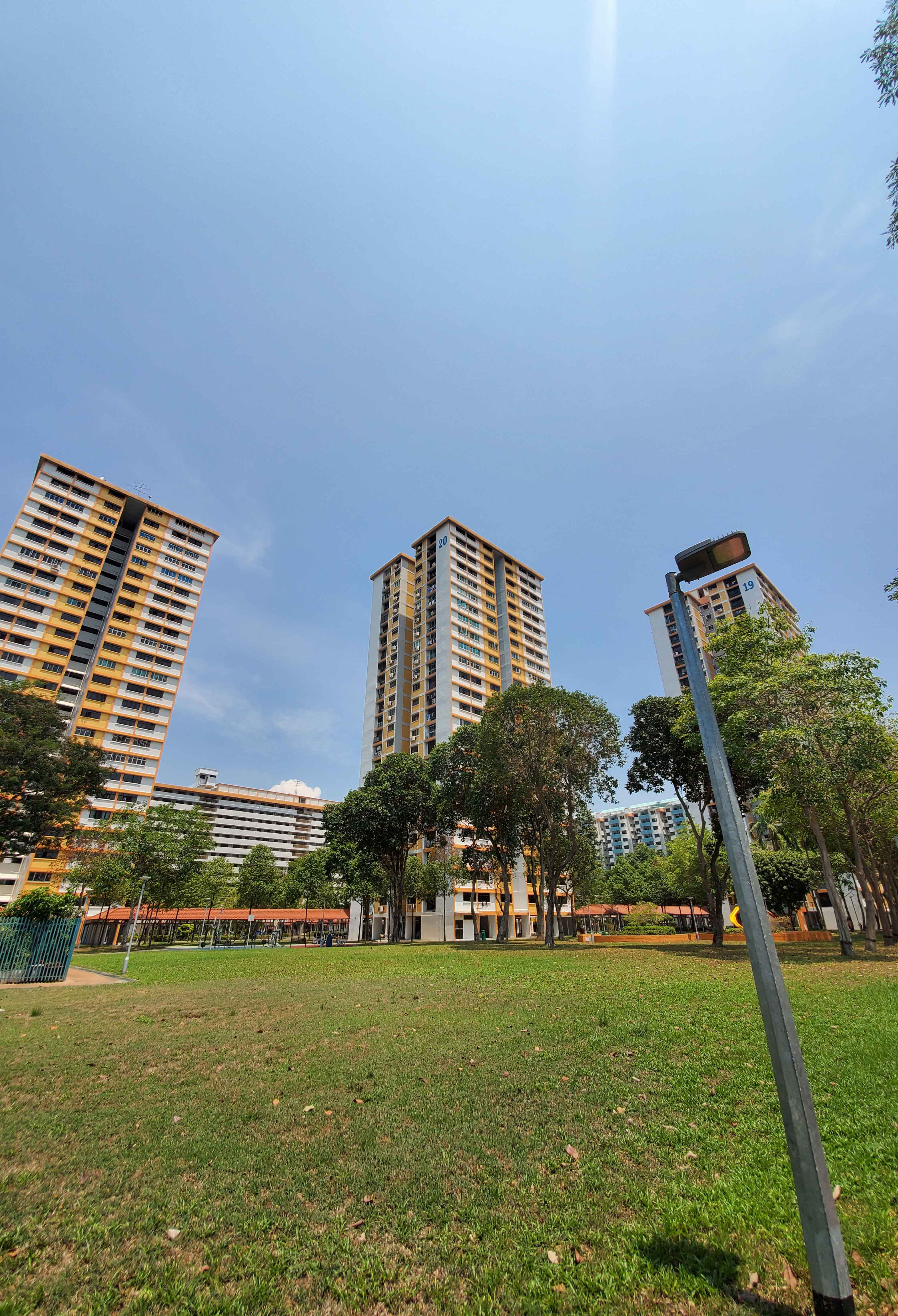 Shot with the 16MP Ultra Wide Angle Camera on Samsung Galaxy Fold. Image by: Julia Sam.
Shot with the 16MP Ultra Wide Angle Camera on Samsung Galaxy Fold. Image by: Julia Sam.
I also did a little test in the studio between an iPhone XS’s and the Fold’s camera systems. Under ample studio lighting, the pixels on the Fold were richer in contrast and the subject had a stronger depth in the background, providing little room for post-production edits. The Fold’s viewfinder on the wide screen also provided easier opportunities to frame and set up shots.
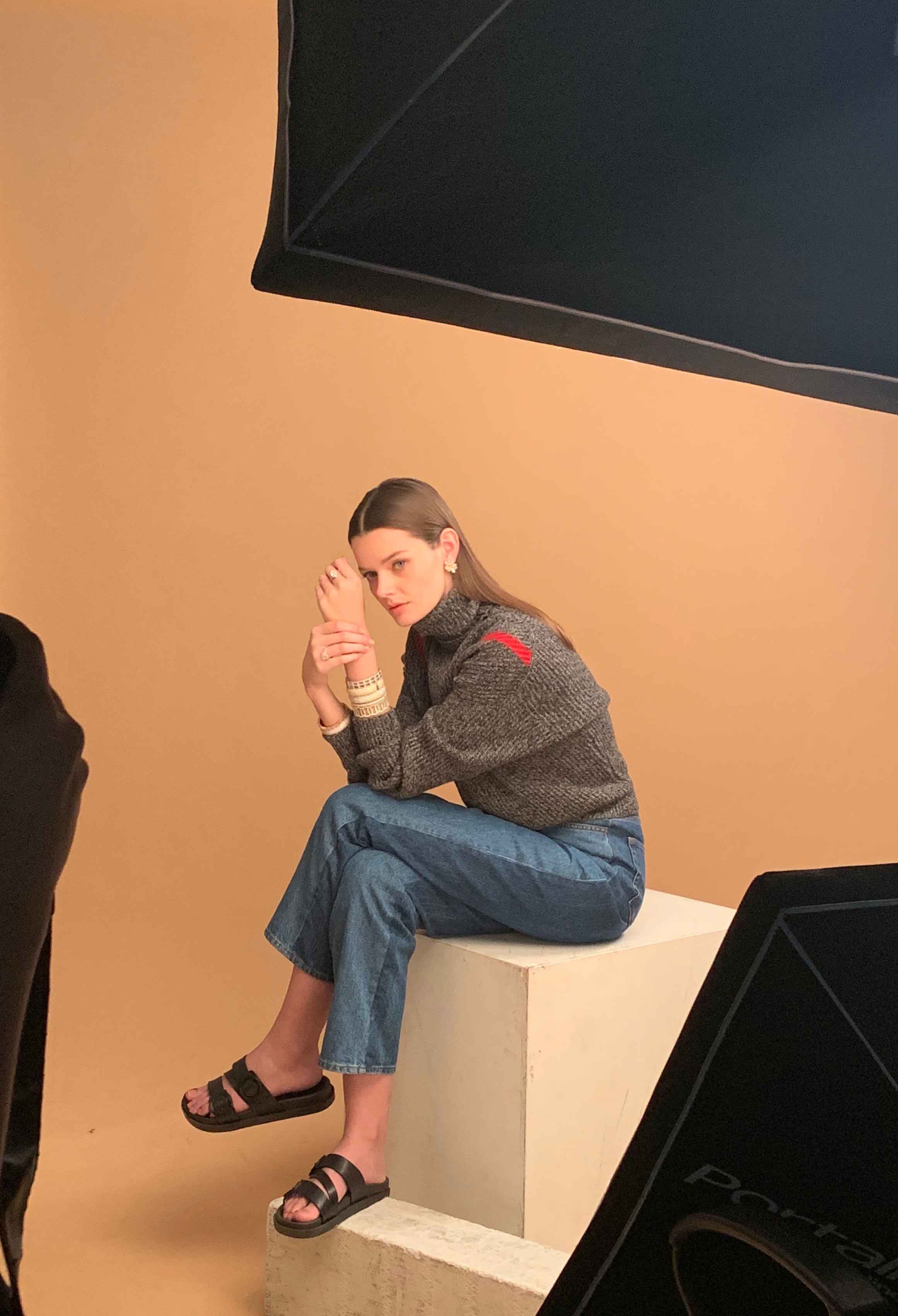 Shot on iPhone XS. Image by: Julia Sam.
Shot on iPhone XS. Image by: Julia Sam.
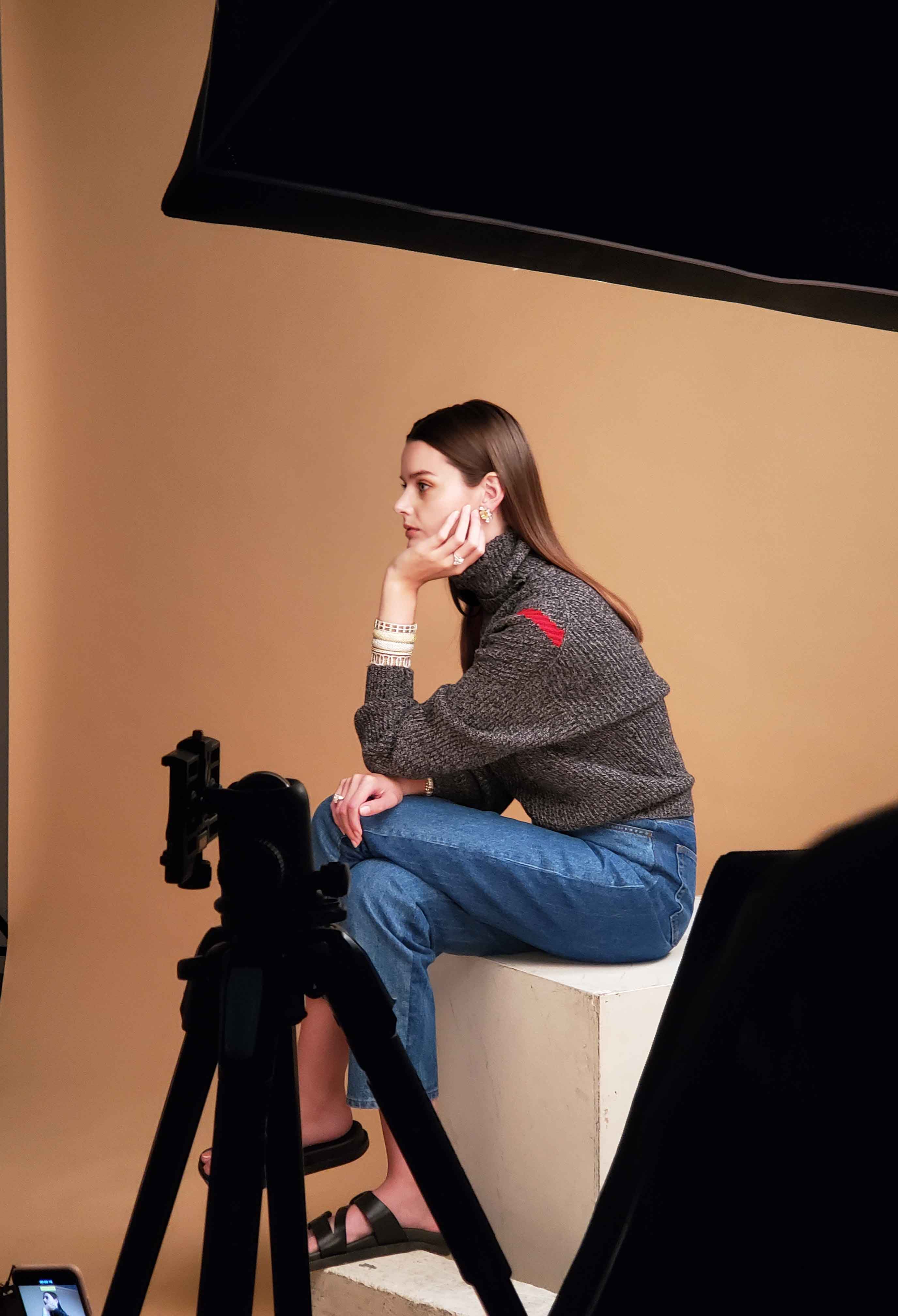 Shot on Galaxy Fold. Image by Julia Sam.
Shot on Galaxy Fold. Image by Julia Sam.
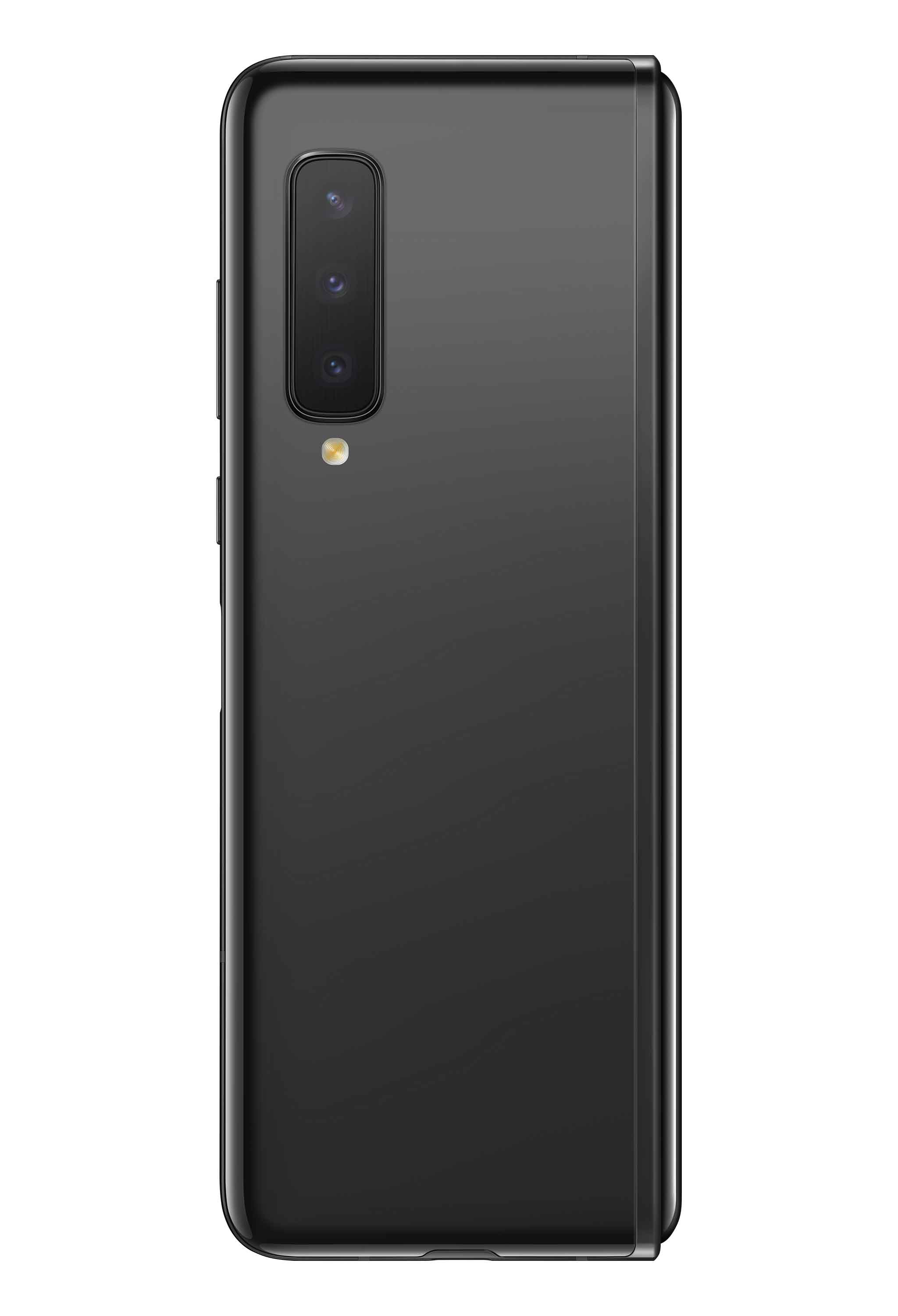 The cameras on the back.
The cameras on the back.
The device is equipped with two battery packs, one in each half of the smartphone, with a total capacity of 4,380mAh. The average layman understands that the larger the screen, the faster the power depletes.
However, a single charge could get me through the day with mildly heavy usage. This equates to browsing of social media feeds, watching Netflix and YouTube, and surfing the web.
Charging the Fold to its full capacity takes only 90 minutes and if I had forgotten to charge the Fold the night before, the device could still pull through just fine the following day.
- FIRST IMPRESSIONS
- PHYSICAL DESIGN
- THE FEATURES
- FINAL THOUGHTS
Final Thoughts
After spending two weeks with the Fold, it was definitely nothing like my grandmother’s Samsung Tab from aeons ago. The nostalgic feeling of flipping a phone shut as if I was the coolest kid on the block, combined with the space-age technology behind the device made for an interesting experience.
Of course, there’s a hefty price to pay should one choose to indulge in the visionary foldable phone era that has only just begun. The Fold is tagged at a recommended retail price of $3,088 which is about $700 more expensive than Apple’s latest 11 Pro Max iPhone.
The generous in-box package undoubtedly alleviates the price tag though. The device comes with a pair of Galaxy Buds earphones with a wireless charging case, an Aramid Fiber phone case you can conveniently snap onto the device, and a 24/7 concierge customer support service exclusively for Galaxy Fold users called ‘Galaxy Fold Premium Service’.
During the one-year warranty period, the one-of-a-kind service includes free door-to-door delivery for service support, a $200 one-time screen replacement, a 1-to-1 in-box accessories exchange and more. With the do-or-die price tag, I would say go for it only if you have more than extra cash to spare and if not, seek comfort in the fact that the Fold is merely the first of what’s more to come of such revolutionary technology.
It certainly was a nice change of pace to switch to an Android-powered device that caters to all my basic digital preferences. The cameras are great, the multitasking is cool, and all in all, almost every operation on the system is different from what I'm used to – in a good way.
So the only issue I can blame for my resistance to switch camps? Being a creature of habit. Yet, I can’t deny that Samsung has definitely opened up doors to the very bright future of smartphones.








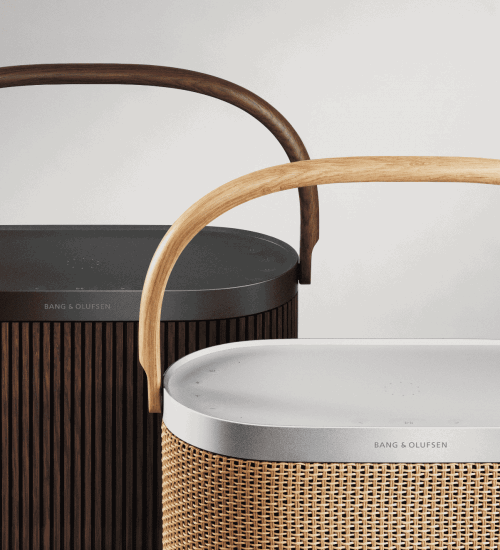
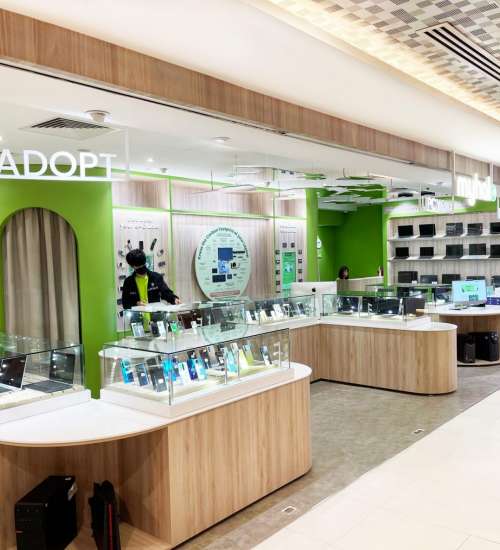

 Back
Back
